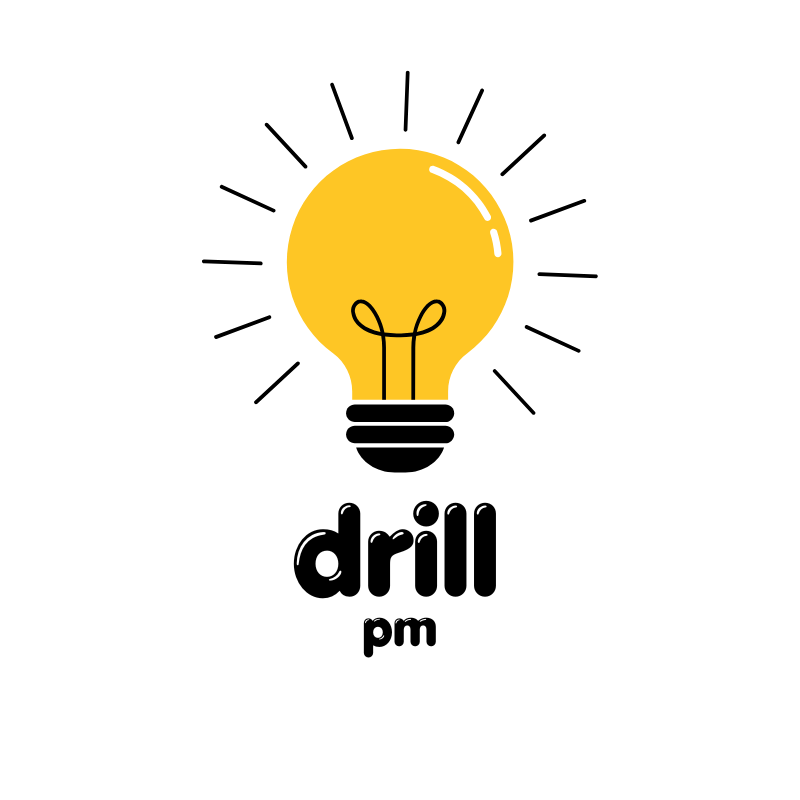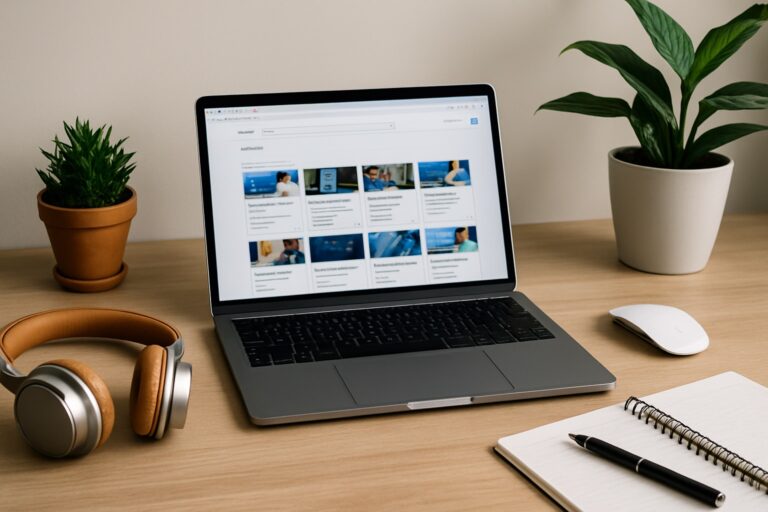Anúncios
Getting your first job can be exciting — and a little intimidating. One of the first steps to make that leap is crafting a resume that shows your potential, even if you don’t have work experience yet. Your resume is more than a list of what you’ve done; it’s a reflection of what you’re capable of.
Many young people struggle with the idea that they have “nothing to put on a resume.” But the truth is, you probably have more to share than you realize. Activities from school, volunteering, sports, or clubs all count and can demonstrate key skills employers look for in entry-level candidates.
So if you’re ready to take your first big step into the job market, this guide will walk you through everything you need to know to create a resume that stands out — even if you’re just starting out. Let’s break it down together and get you closer to your first job opportunity.
1. Understanding the Purpose of a Resume
A resume is your personal marketing tool. It introduces you to potential employers and highlights what makes you a strong candidate. Even if you haven’t worked before, your resume shows your potential through your education, activities, and skills.
For young job seekers, the goal is to present yourself in the best possible light using the experiences you do have. Think of your resume as a bridge between where you are now and where you want to go professionally.
Employers don’t expect a perfect resume from someone starting out — they want to see effort, attention to detail, and a desire to grow.
2. Key Elements Every Resume Should Include
Before diving into formatting and writing, it’s important to understand the standard sections of a resume:
- Header: Your name and contact info
- Objective statement: A short paragraph about your goals
- Education: Your school history and achievements
- Experience: Volunteer work, internships, part-time jobs
- Skills: Technical and soft skills
- Certifications: Any extra learning you’ve completed
- Additional sections: Awards, languages, extracurriculars
Having this structure in mind will help you build a strong and complete resume, no matter your background.
3. Step 1: Choosing the Right Format
There are three common resume formats:
- Chronological: Lists experience in order, best for those with job history.
- Functional: Focuses on skills and strengths, ideal for beginners.
- Combination: Mixes both formats.
For first-time job seekers, the functional format is usually the best choice. It lets you lead with skills and relevant experiences, even if they weren’t part of a formal job.
Choose a clean, simple layout — avoid unnecessary graphics or fancy fonts. Tools like Canva and Zety can help you design a professional-looking resume for free.
4. Step 2: Writing a Strong Header
Your header should include:
- Full name
- Phone number
- Professional email (avoid nicknames)
- LinkedIn profile (if available)
5. Step 3: Creating a Compelling Objective Statement
The objective statement is your first impression. Keep it short (2–3 sentences), but make it count.
Good objective example:
Motivated high school graduate with strong communication and organizational skills seeking a part-time position in customer service. Eager to contribute a positive attitude and learn on the job.
Avoid vague statements like “Looking for a job to gain experience.” Instead, show enthusiasm and mention the type of role you’re targeting.
6. Step 4: Highlighting Your Education
This section is especially important if you’re applying for your first job.
Include:
- Name of your school
- Expected graduation date (or year graduated)
- GPA (if 3.0 or higher)
- Relevant coursework (if applicable)
- Honors, clubs, or special projects
Example:
North Ridge High School, Houston, TX
Expected Graduation: June 2025
GPA: 3.7
Relevant coursework: Business Technology, Communications
Clubs: Student Council, Yearbook Team
This gives employers a better picture of your interests and commitment.
7. Step 5: Showcasing Volunteer Work and Extracurriculars
You may not have had a job yet, but chances are you’ve volunteered or been active in school.
Include:
- Organization name
- Your role
- Time period
- Key contributions
Example:
Community Food Bank Volunteer
Spring 2024
Helped organize and distribute food boxes for over 100 families; assisted with inventory and donation intake.
Volunteering shows responsibility, initiative, and empathy — qualities employers truly value.
8. Step 6: Listing Your Skills (Hard and Soft)
Skills are a great way to show employers what you can bring to the table.
Hard skills: Computer literacy, Microsoft Office, Google Docs, social media, etc.
Soft skills: Teamwork, punctuality, communication, problem-solving, etc.
Example list:
- Proficient in Microsoft Word and Excel
- Strong written and verbal communication
- Fast learner and dependable
- Fluent in Spanish
- Great with time management
Be honest and confident — if you don’t have a skill yet, don’t list it.
9. Step 7: Including Certifications and Courses
If you’ve taken online courses, earned certifications, or participated in workshops, this is the place to highlight them.
Include:
- Course or certification title
- Platform or organization (e.g., Coursera, Google, local community center)
- Date completed
Example:
Google Digital Garage – Fundamentals of Digital Marketing
Completed: March 2025
These extras can really boost your resume, especially when applying for entry-level roles.
10. Step 8: Formatting Tips to Make Your Resume Shine
Presentation matters. Here are some quick formatting tips:
- Use a clean, readable font (e.g., Arial, Calibri, Times New Roman)
- Stick to font sizes between 10 and 12 for body text
- Bold your headings
- Keep your resume to one page
- Save and send your resume as a PDF
Also, name your file professionally, like: JordanCarter_Resume.pdf.
11. Step 9: Common Mistakes to Avoid
Avoid these frequent beginner mistakes:
- Typos or grammar errors (always proofread!)
- Including a photo (not common in the U.S.)
- Listing false experiences or skills
- Using an unprofessional email address
- Sending the same resume for every job
Each resume should be tailored slightly to fit the job you’re applying for.
12. Step 10: Final Proofreading and Customization Tips
Before submitting your resume:
- Read it out loud to catch awkward phrasing
- Ask a friend, teacher, or family member to review it
- Check the job description and mirror key terms
- Make sure your layout is clean and aligned
Remember: you only get one chance to make a first impression. Take your time and make it count.
Conclusion
Building your first resume might seem overwhelming, but it’s actually an empowering step toward your career. Every line you write is a chance to show who you are and what you’re capable of becoming.
You don’t need years of experience to create a resume that works. You just need clarity, honesty, and effort — and you’ve got that already.
Ready to take the next step toward your future? Put your resume together with care, confidence, and a clear goal. You’ve got this.
Frequently Asked Questions (FAQs)
1. What if I have absolutely no experience?
You can still build a great resume! Focus on school projects, volunteer work, skills, and any responsibilities you’ve had — even babysitting or helping at church counts.
2. Should I include references?
Not on your resume. Instead, have a separate reference sheet ready in case the employer asks for it.
3. How long should my resume be?
One page is perfect for entry-level positions. Keep it concise and focused.
4. Do I need a cover letter too?
Yes, if possible. A short cover letter helps explain why you’re interested in the role and gives your resume more personality.
5. Can I use templates from the internet?
Absolutely! Just make sure to personalize them and remove any placeholder text. Tools like Zety, Canva, or ResumeGenius are great places to start.



